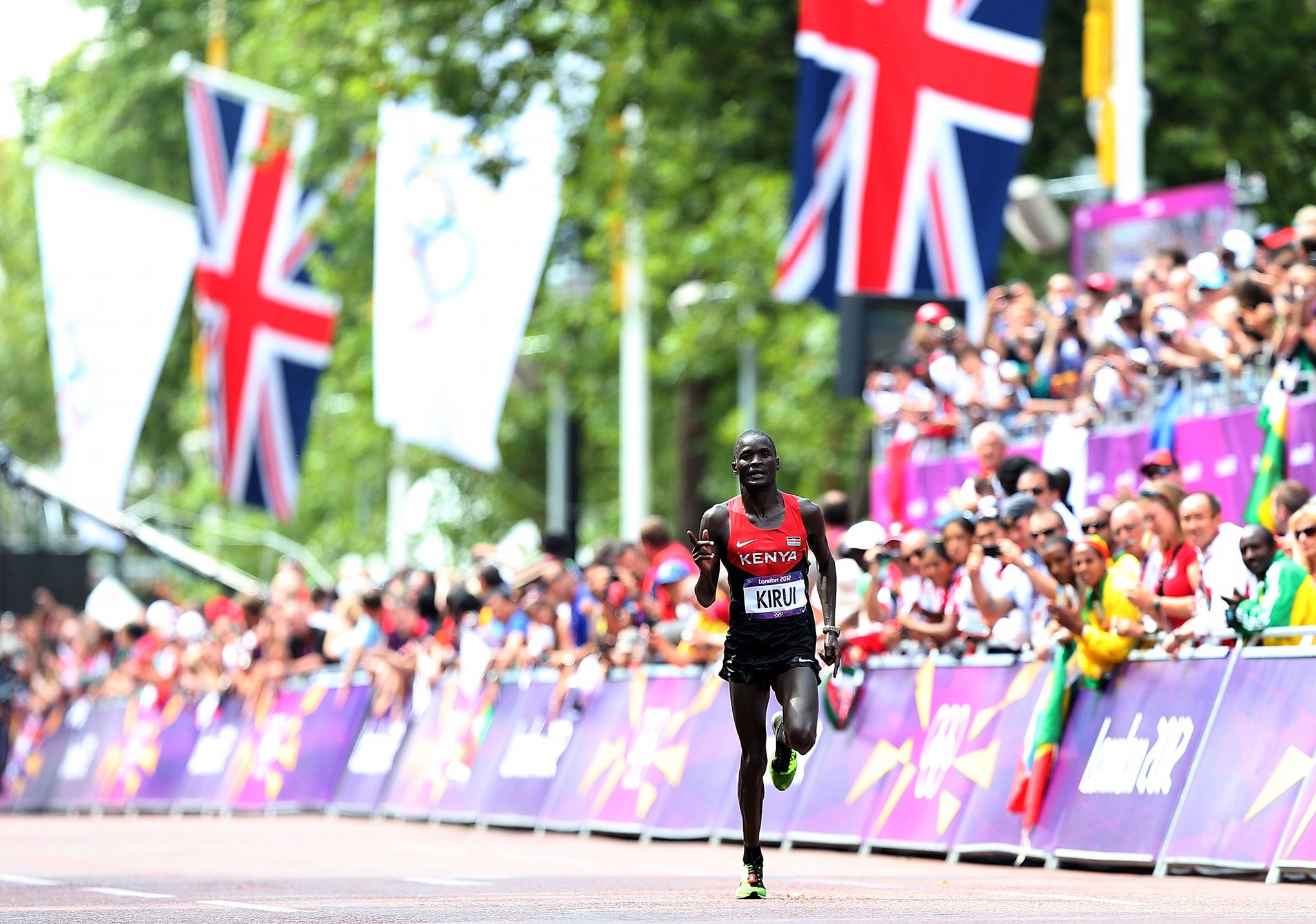The official distance of a marathon is 42 195 kilometers 26 219 miles

The Official Distance of a Marathon: 42.195 kilometers (26.219 miles)

Marathons have become a symbol of human endurance and determination. Whether it’s participating in a marathon or simply spectating, there’s something truly captivating about the experience. But have you ever wondered why marathons are exactly 42.195 kilometers long? Let’s delve into the history and significance behind the official distance of a marathon.
The origins of the official marathon distance can be traced back to the 1908 London Olympic Games. The race took place in London, from Windsor Castle to the Olympic Stadium. The course was initially designed to be approximately 25 miles, which is around 40.2 kilometers. However, due to a request from the British royal family, the race was extended to start from Windsor Castle so that the royal children could witness the start. This added an extra 385 yards or 352 meters to the total distance.
Since then, the marathon distance has remained 42.195 kilometers, or 26.219 miles. But why hasn’t it been rounded up to an even number? The answer lies in the history of the marathon itself. According to Greek mythology, Pheidippides, an ancient Greek messenger, ran from the city of Marathon to Athens to deliver news of a military victory. The distance he covered was approximately 40 kilometers or 25 miles.
In 1908, the extension of the London Olympic Marathon was added to ensure the race started at Windsor Castle. This extension brought the total distance closer to the legend of Pheidippides’ feat. To maintain the historical significance and uniqueness of the race, the official distance was set as 42.195 kilometers, blending the mythical and practical origins of the marathon.

Today, the marathon distance is recognized globally and abided by during all official marathon events. The 42.195 kilometers distance provides a challenging yet achievable goal for thousands of participants. It requires immense physical stamina, mental resilience, and thorough preparation.
For those attempting a marathon, training plays a crucial role in preparing the body for the distance. Regular long runs, speed workouts, and rest days are essential to build endurance and minimize the risk of injury. Proper nutrition and hydration are also vital during both training and the race itself.
The popularity of marathons continues to rise, with people seeking personal fulfillment, pushing their limits, and supporting charitable causes. The marathon experience is much more than just completing the distance; it represents the triumph of the human spirit.
In conclusion, the official distance of a marathon, 42.195 kilometers (26.219 miles), holds historical significance and embodies the enduring spirit of the event. This distance can be traced back to the 1908 London Olympic Games, where the race was extended to include a start from Windsor Castle. Today, marathons attract thousands of participants worldwide, each striving to conquer the challenge and make their mark in this remarkable feat of human achievement.
Related Posts
Quick Links
Legal Stuff

